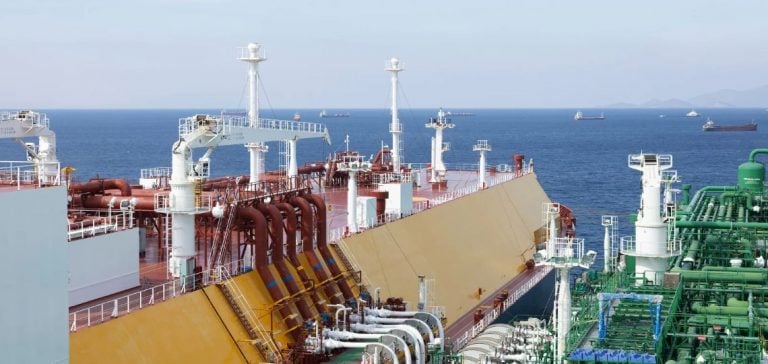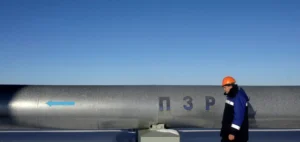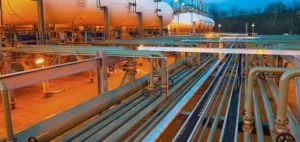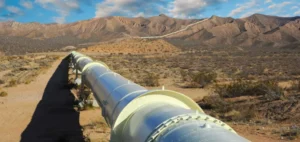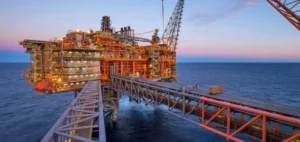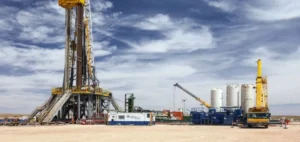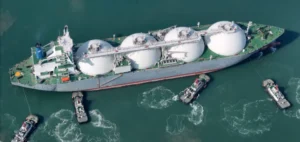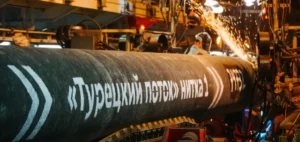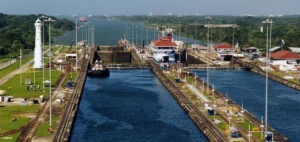This historic export comes from New Fortress Energy’s Altamira project, positioning Mexico as a new player in the European LNG market. The Gate terminal, located in the Netherlands, welcomed the Energos Princess vessel, which delivered approximately 59,000 metric tons of LNG. This transaction is likely of a short-term or spot-based nature, underscoring the beginning of a new era for energy exchanges between Mexico and Europe.
The Altamira project represents Mexico’s first LNG liquefaction facility, with an annual production capacity of approximately 1.4 million metric tons. Invested at over $2 billion, this project is the pioneer of New Fortress Energy’s Fast LNG (FLNG) units. It relies on the underutilized capacity of the Mexican public company CFE via the Sur de Texas-Tuxpan marine pipeline, operated by TC Energy, to feed the facility with natural gas from the United States.
Regulatory Approval and Market Impact
The United States Department of Energy (DOE) granted a crucial export permit for the Altamira project on August 31, allowing New Fortress to export LNG to countries without free trade agreements with the U.S. This approval is the first issued by the DOE since announcing a pause in January on new permits, thereby reinforcing confidence in Mexico’s ability to become an LNG exporter.
Despite delays encountered in the project’s startup timeline, this first export marks a turning point for New Fortress Energy and the Mexican energy sector. Analysts from Commodity Insights expect several more liquefaction facilities to emerge in Mexico in the coming years, increasing the country’s export capacity and stimulating the local economy.
LNG Consumption and Imports in Mexico
Historically an LNG importer, Mexico imported 670,000 metric tons of LNG in 2024 so far, spread over 12 cargoes. Most of these imports came from Indonesia, with additional supplies from the United States and Trinidad. In September, Mexico ranked as the fourth-largest LNG importer in Latin America, with a volume of 6.95 billion cubic feet (Bcf), up from 6.22 Bcf in August.
However, Mexican imports have decreased in October, suggesting a balance between domestic demand and increasing export capabilities. With the addition of Altamira, Mexico could reduce its reliance on future imports by exploiting its resources more effectively and increasing exports to European markets.
Future Prospects for the LNG Sector in Mexico
Analysts anticipate that the new liquefaction and LNG export capacity in Mexico will boost demand for gas from its northwestern and western regions by 2050. Given that domestic production is unlikely to keep pace with demand growth, pipeline gas imports from the United States are expected to rise, supported by the completion of new gas pipeline projects on both sides of the border.
This dynamic is likely to strengthen energy ties between Mexico and the United States while opening new opportunities in the European market. The diversification of LNG supply sources will also enable Mexico to secure its energy supply and stabilize long-term costs.
Infrastructure Development and Investments
The Altamira project is the first in a series of investments in LNG infrastructure in Mexico. With ambitious production capacity, it is designed to meet growing demand while supporting the country’s energy transition goals. Collaboration with companies like TC Energy and regulatory support from the DOE are critical to the success of these projects.
The economic impact of these initiatives is significant, creating jobs and stimulating regional development. Additionally, exporting LNG to Europe opens new avenues for Mexican companies, thus reinforcing the country’s position in the global energy market.


